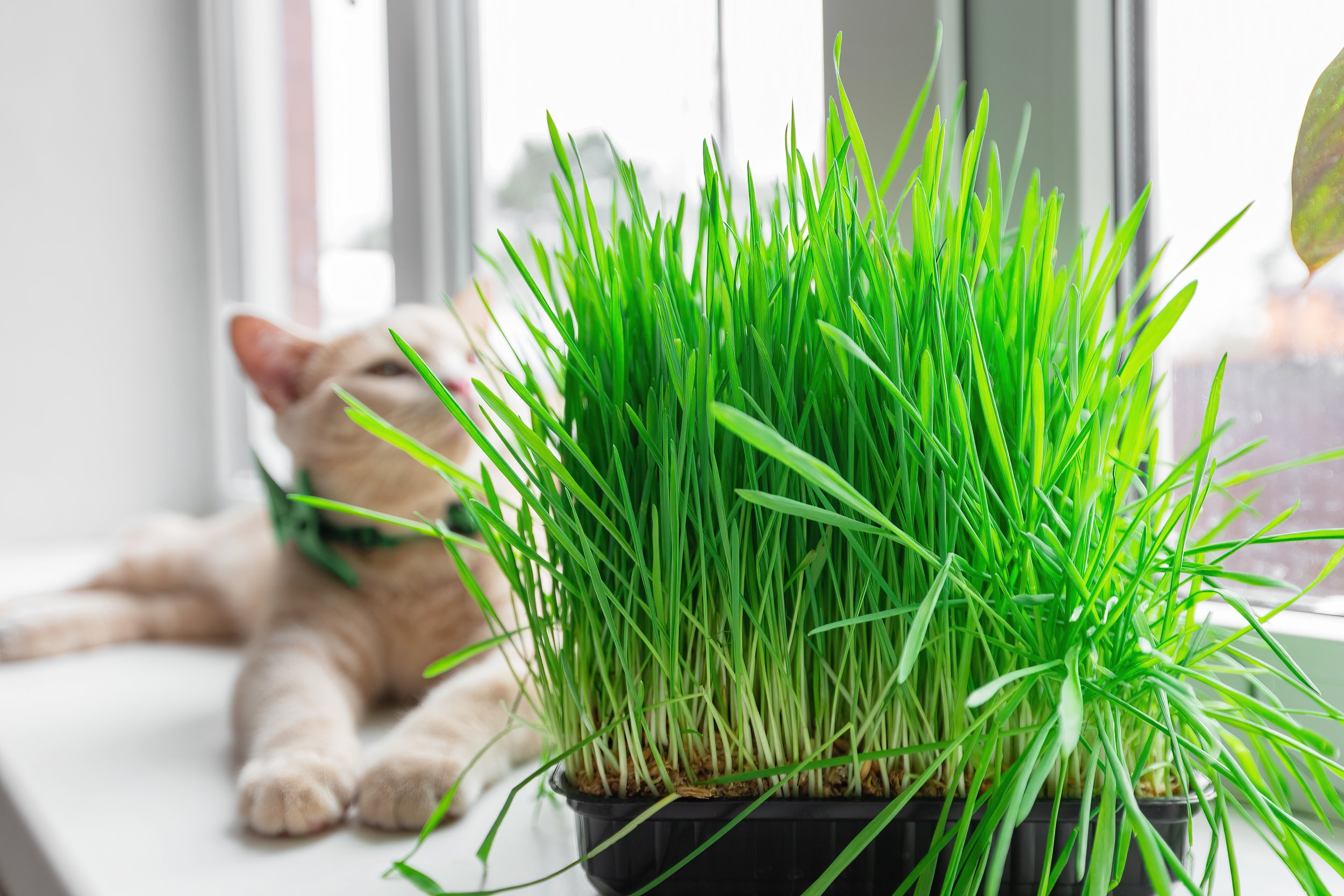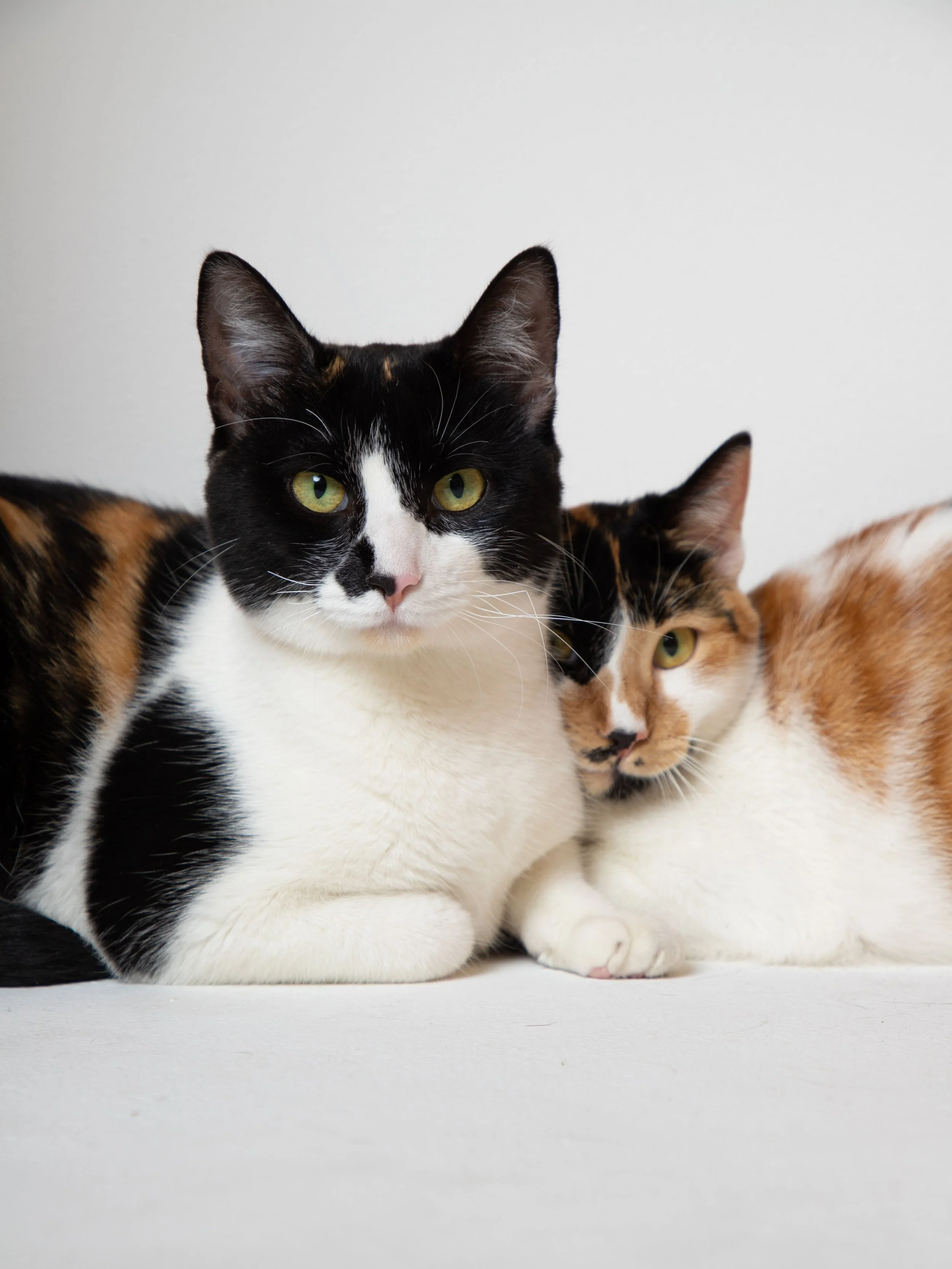Poisonous Plant Pet Guide
Plants bring life, beauty, and fresh air into our homes and gardens. However, many popular plants can pose serious health risks to our furry family members. If you’re a pet parent, understanding which plants are toxic to your dogs and cats is essential for their safety.
In this guide, we’ll explore some common plants that are dangerous to pets and offer tips on how to keep your home both pet-friendly and beautiful.
Common Poisonous Plants for Dogs and Cats
1. Lilies (Lilium species)
Toxic to: Cats (highly toxic) and mildly toxic to dogs
Symptoms: Vomiting, lethargy, loss of appetite, kidney failure (especially in cats)
Pet-Safe Alternative: Try cat grass or spider plants for a touch of greenery.
2. Sago Palm
Toxic to: Dogs and cats
Symptoms: Vomiting, diarrhea, seizures, liver failure, and even death
Pet-Safe Alternative: Consider a parlor palm or areca palm instead.
3. Tulips and Hyacinths
Toxic to: Dogs and cats
Symptoms: Drooling, vomiting, diarrhea, increased heart rate, and breathing difficulties
Pet-Safe Alternative: Opt for pet-safe flowers like roses or sunflowers.
4. Aloe Vera
Toxic to: Dogs and cats
Symptoms: Vomiting, diarrhea, lethargy, and tremors
Pet-Safe Alternative: Use a pet-friendly succulent like haworthia.
5. Monstera (Swiss Cheese Plant)
Toxic to: Dogs and cats
Symptoms: Oral irritation, drooling, vomiting, and difficulty swallowing
Pet-Safe Alternative: Try a cast iron plant or calathea.
6. Pothos (Devil’s Ivy)
Toxic to: Dogs and cats
Symptoms: Oral irritation, vomiting, drooling, and swelling of the mouth or throat
Pet-Safe Alternative: Use a Boston fern for similar trailing greenery.
7. Dieffenbachia (Dumb Cane)
Toxic to: Dogs and cats
Symptoms: Oral irritation, drooling, swelling, vomiting, and difficulty breathing
Pet-Safe Alternative: A prayer plant makes a vibrant, pet-safe option.
Signs of Plant Poisoning in Pets
If you suspect your pet has come into contact with a poisonous plant, look for these warning signs:
Vomiting or diarrhea
Excessive drooling
Difficulty breathing
Lethargy or weakness
Tremors or seizures
Oral irritation or swelling
In case of an emergency, contact your veterinarian immediately or call the ASPCA Animal Poison Control Center at (888) 426-4435.
How to Keep Pets Safe Around Plants
Do Your Research: Before bringing any new plant home, check if it’s safe for pets.
Place Plants Strategically: Keep toxic plants out of reach by placing them on high shelves or in rooms your pets can’t access.
Use Deterrents: Pet-safe sprays or aluminum foil around plant bases can discourage nibbling.
Train Your Pets: Teach your pets the “leave it” command to avoid plant munching.
Opt for Pet-Safe Plants: Choose plants like basil, rosemary, and marigolds that are non-toxic and safe for pets.
Creating a safe and happy home for your pets doesn’t mean you have to sacrifice your love for greenery. With a little knowledge and planning, you can cultivate a pet-friendly environment that keeps both your plants and furry companions thriving.
Stay safe, stay informed, and enjoy your home with your pets and plants in harmony!













































































